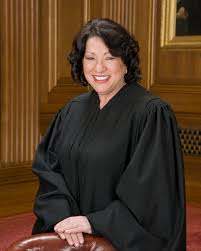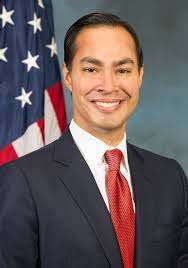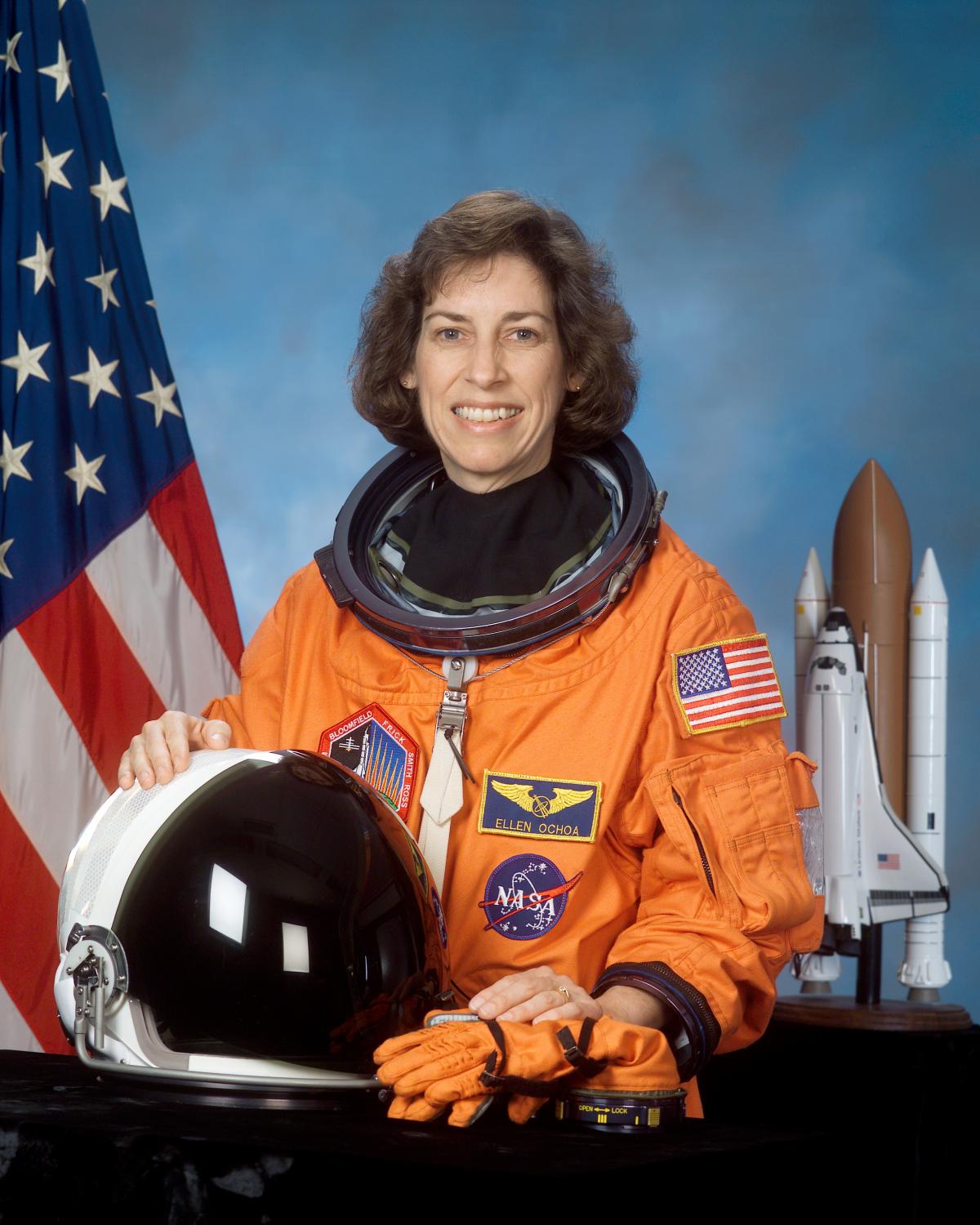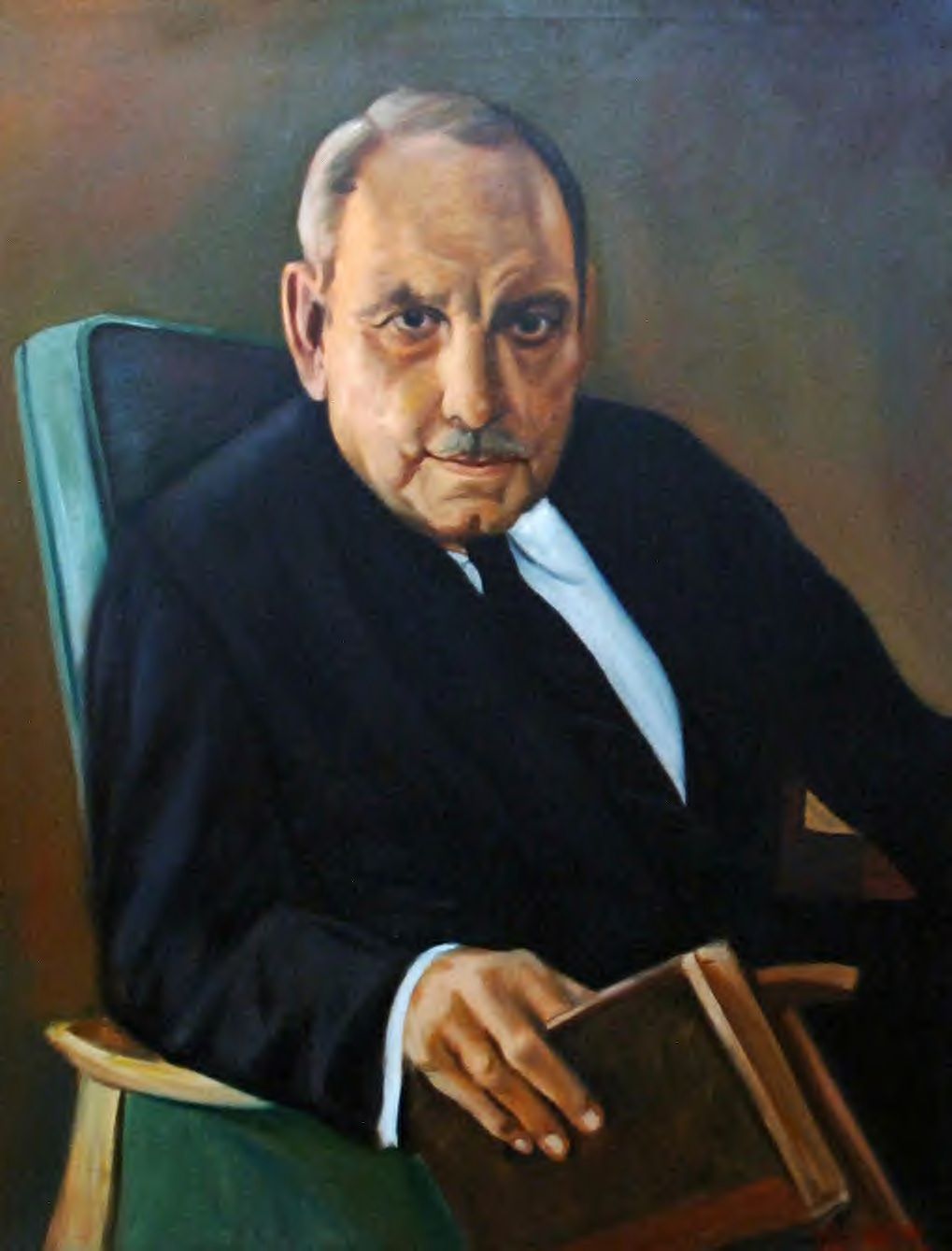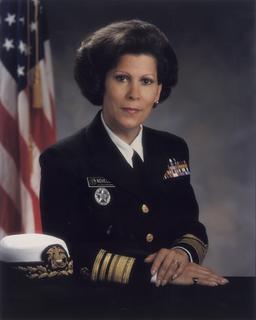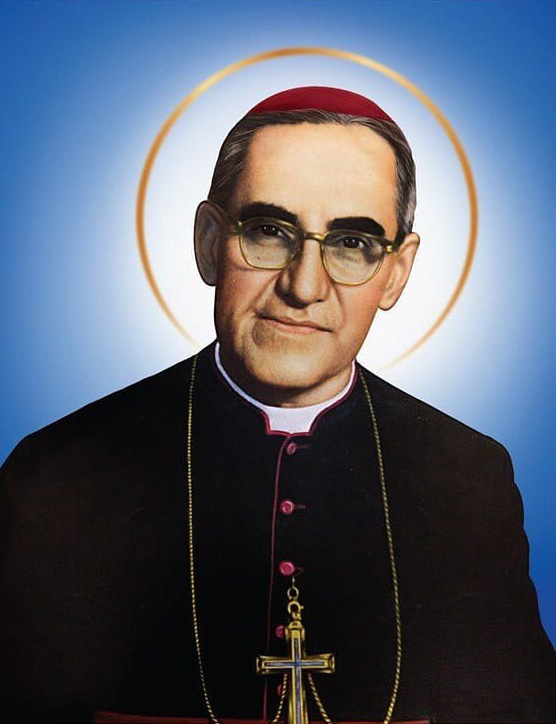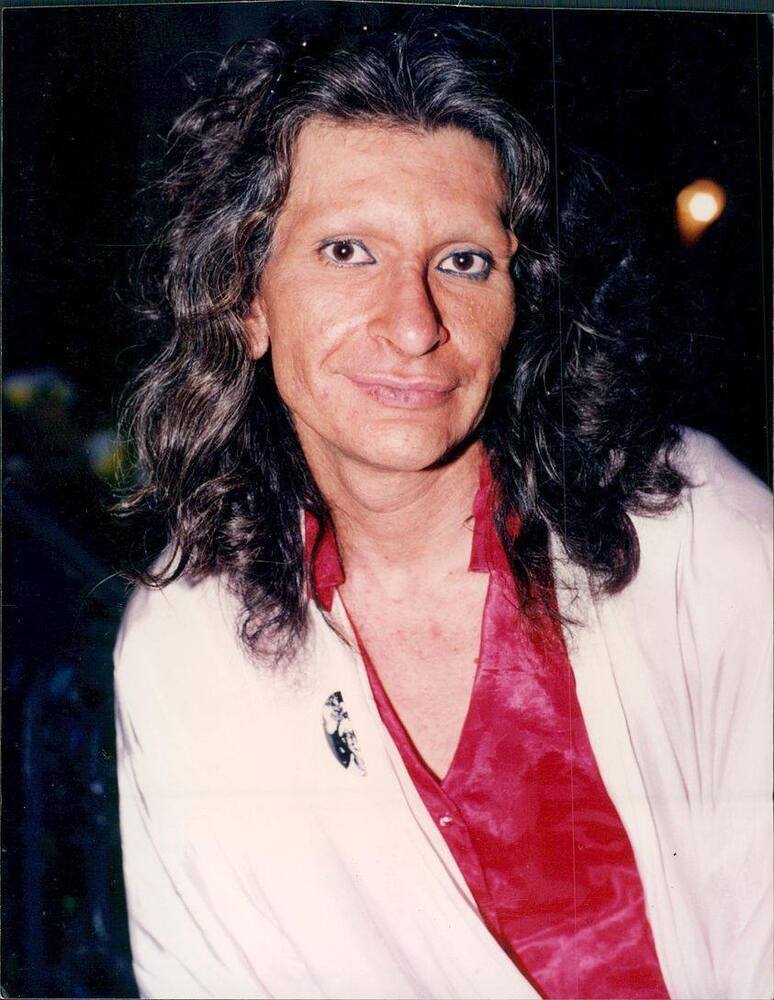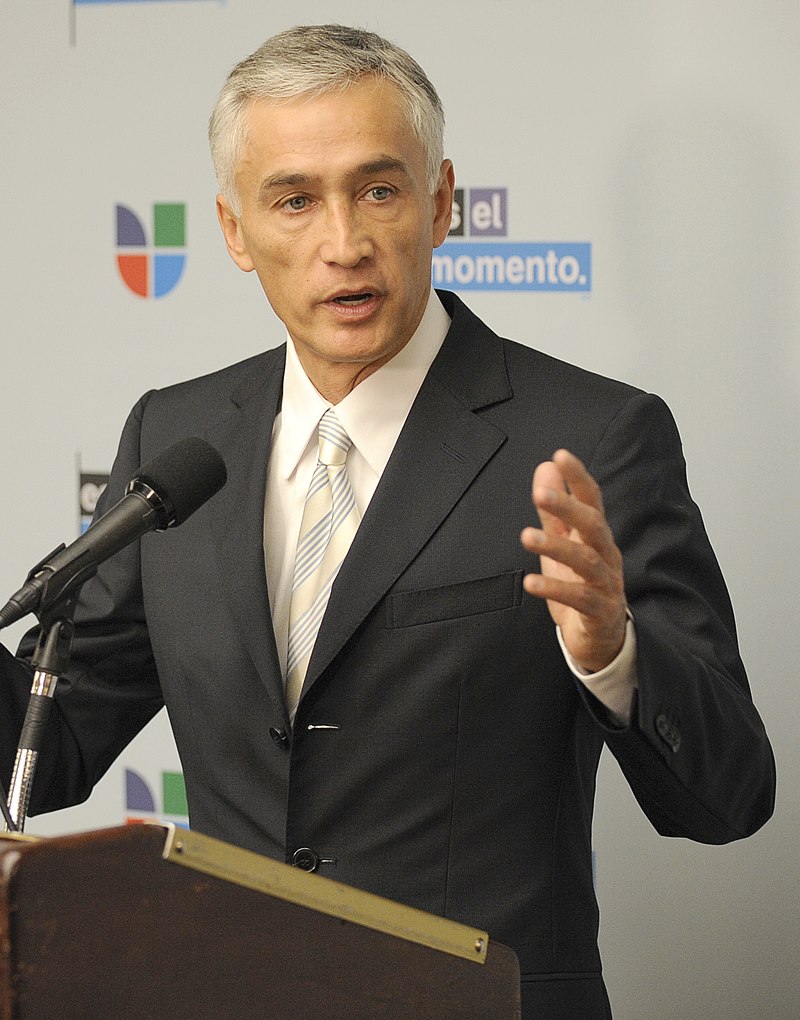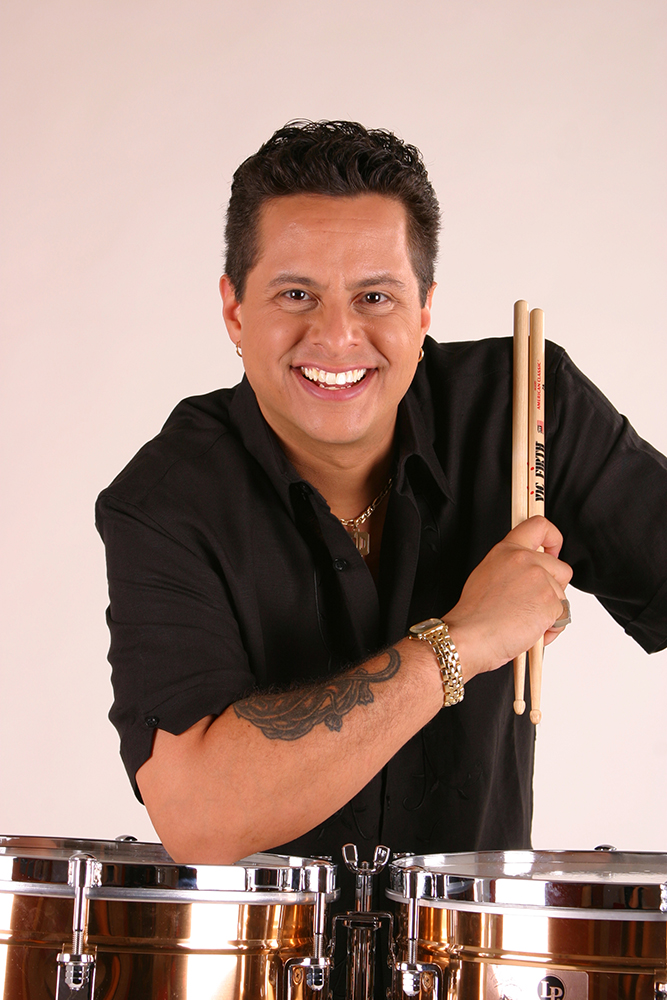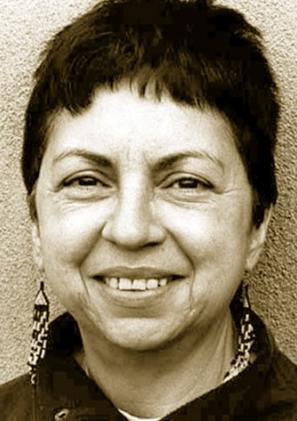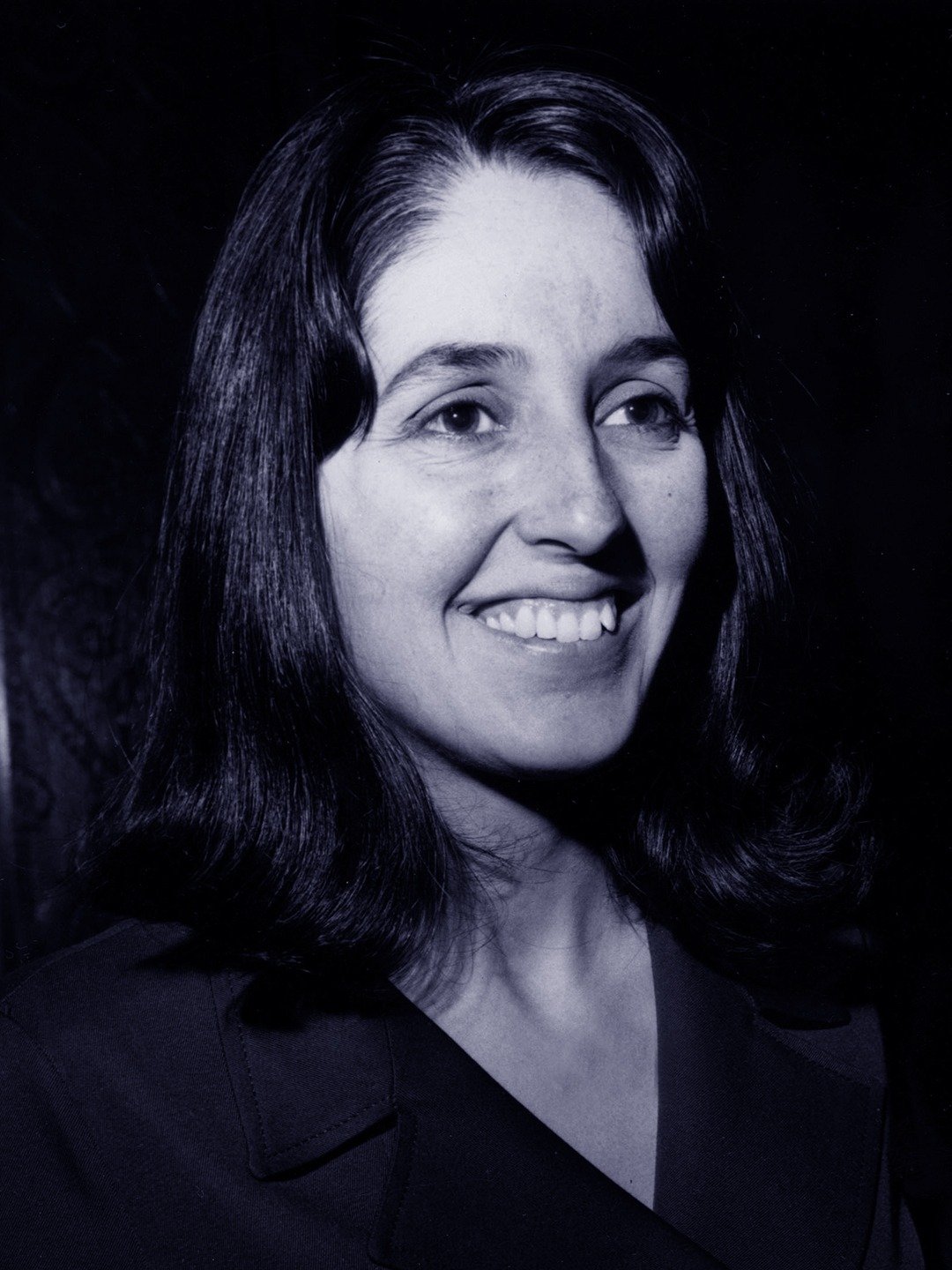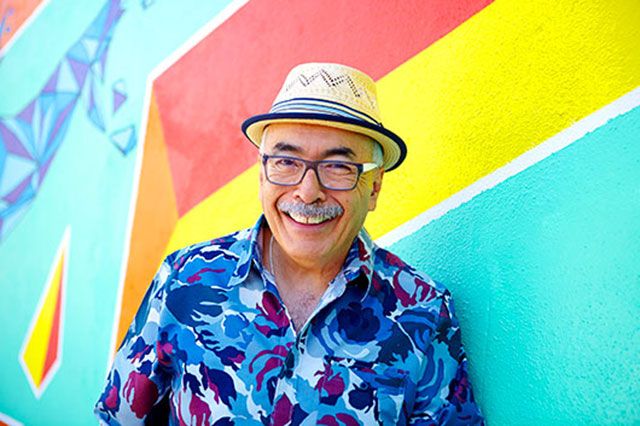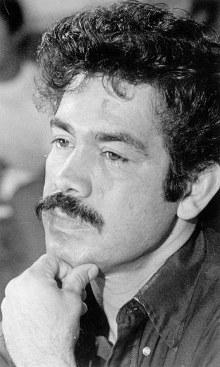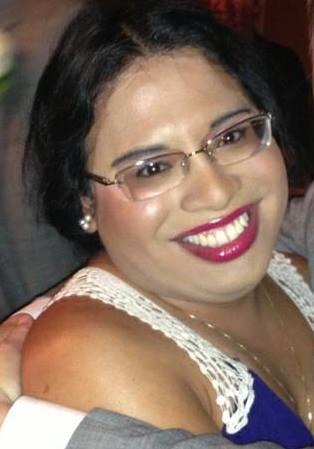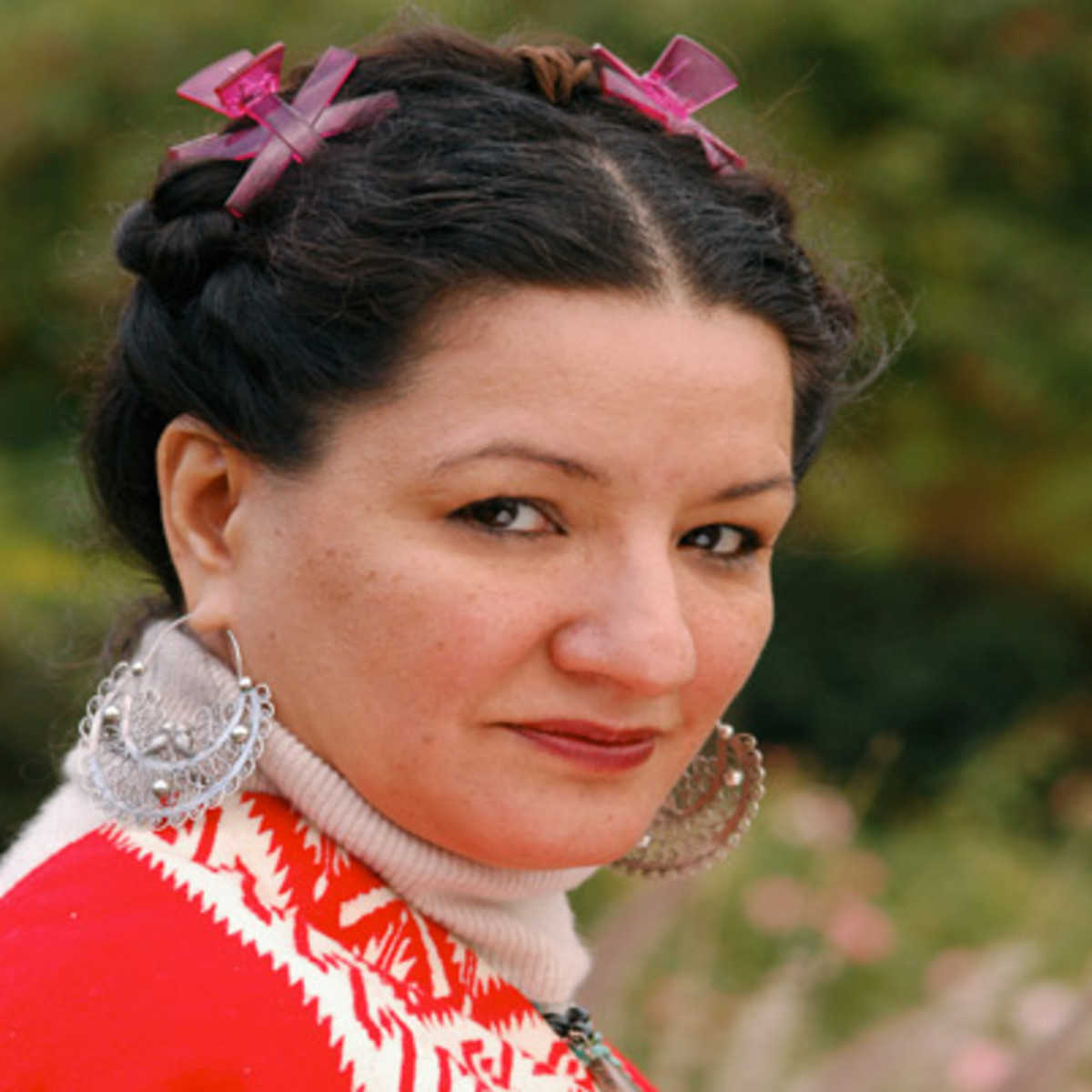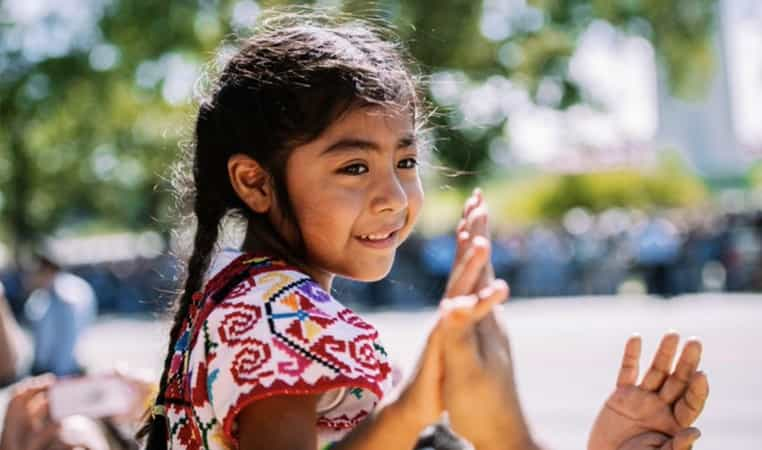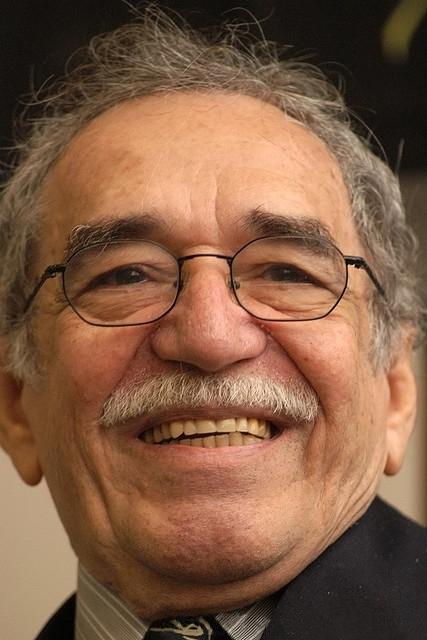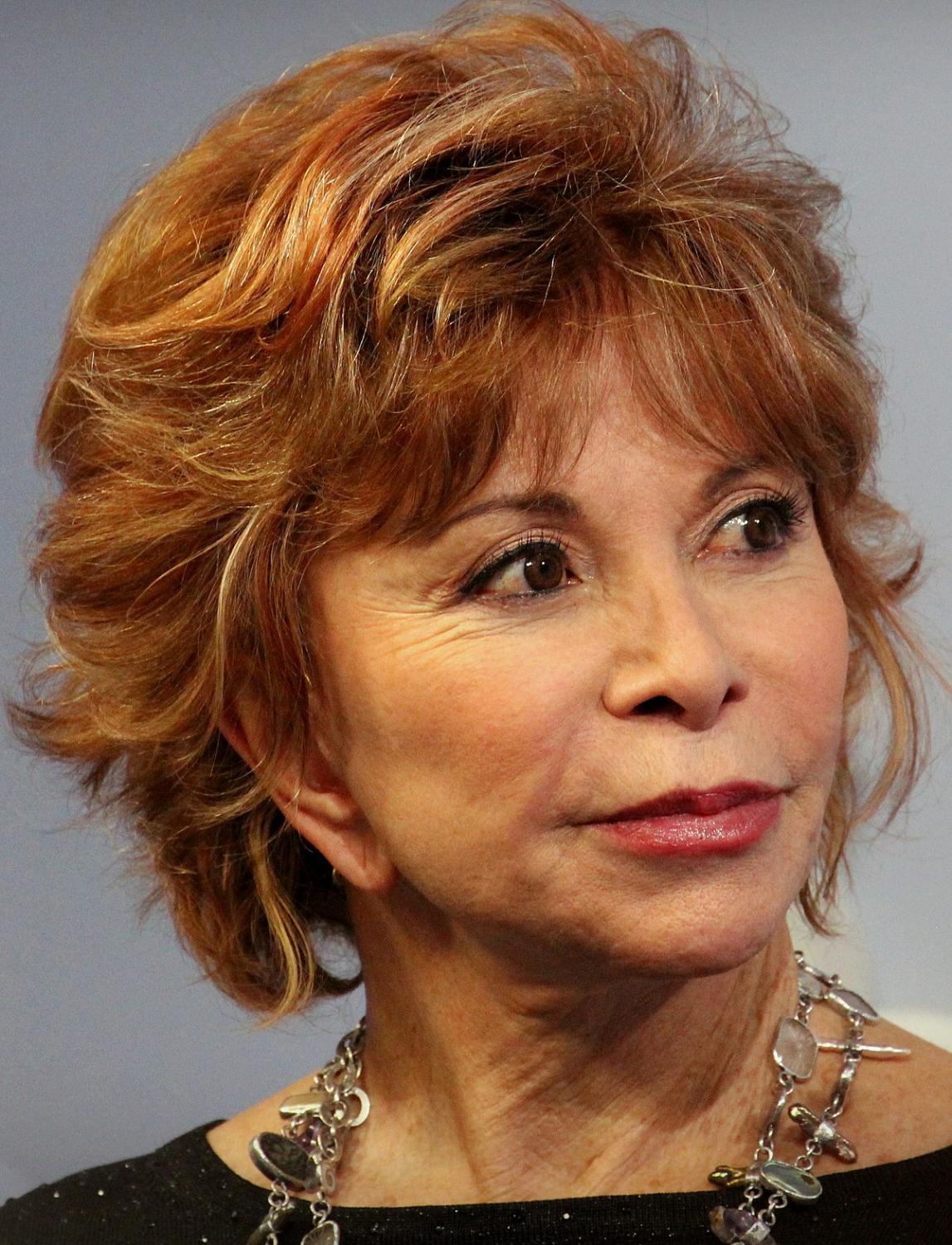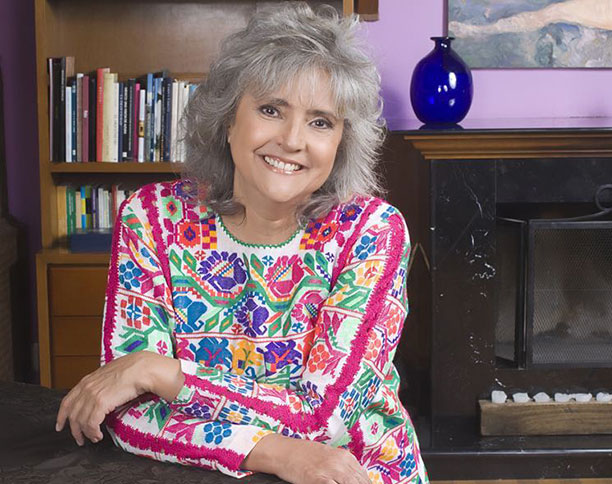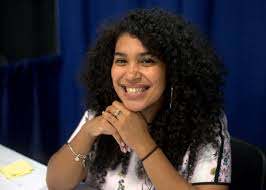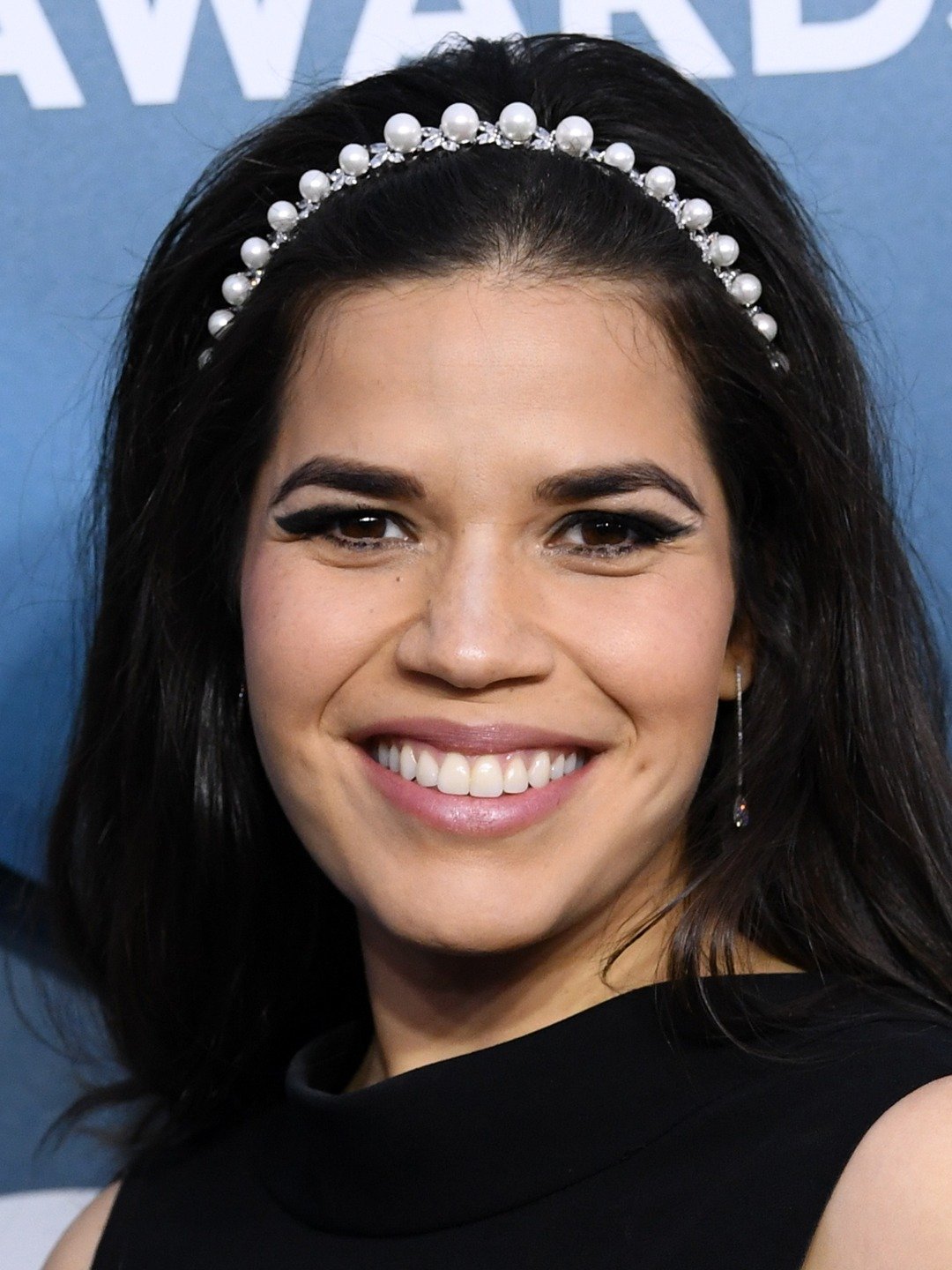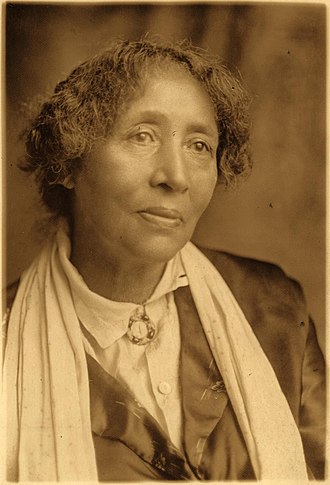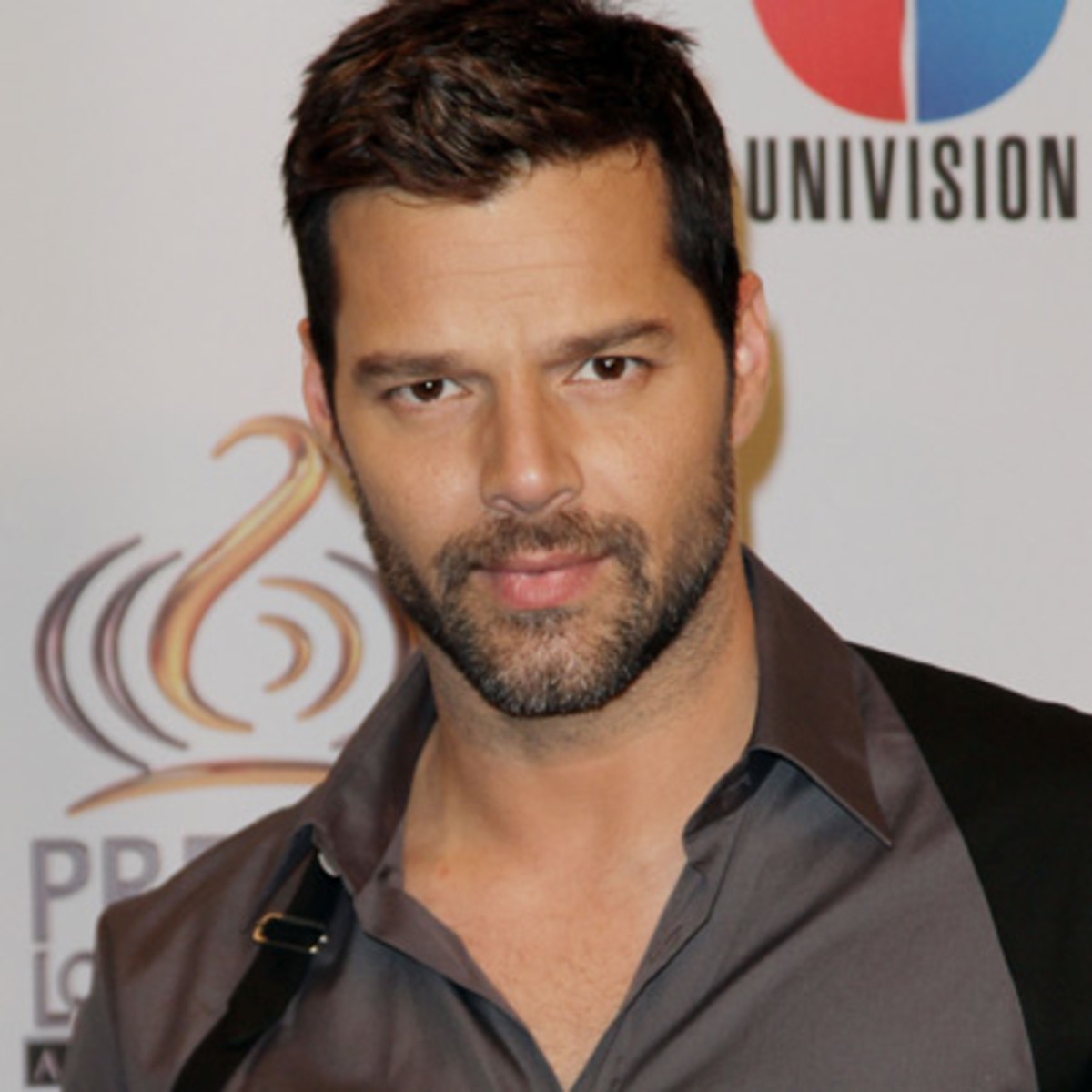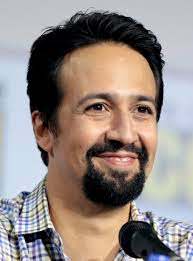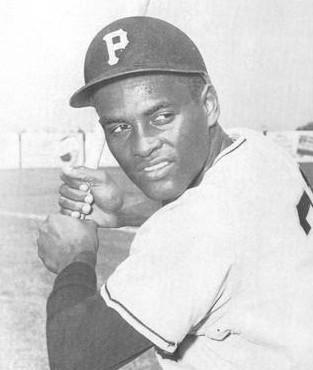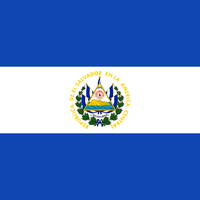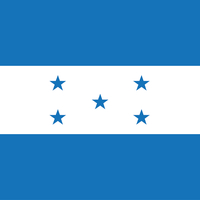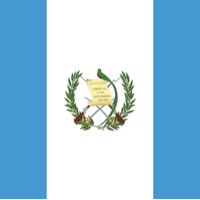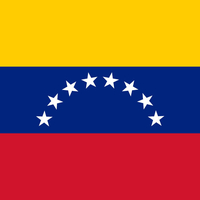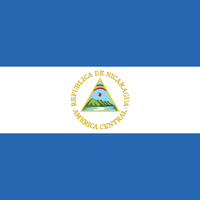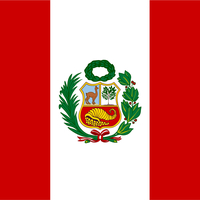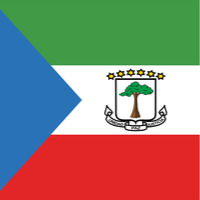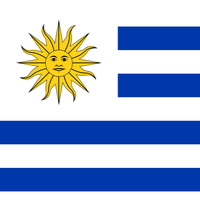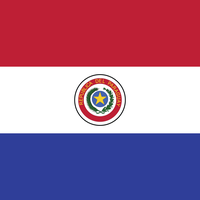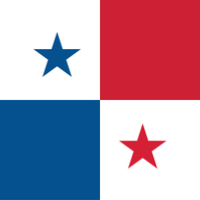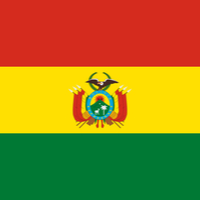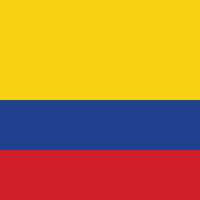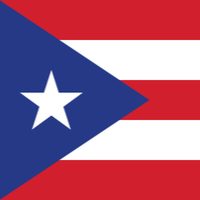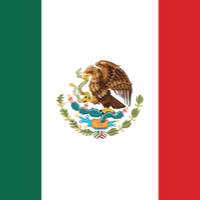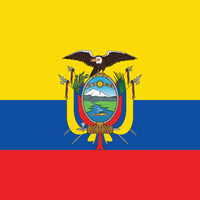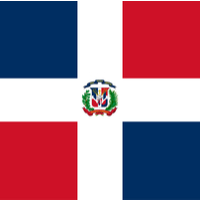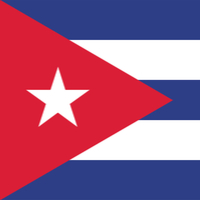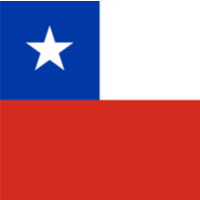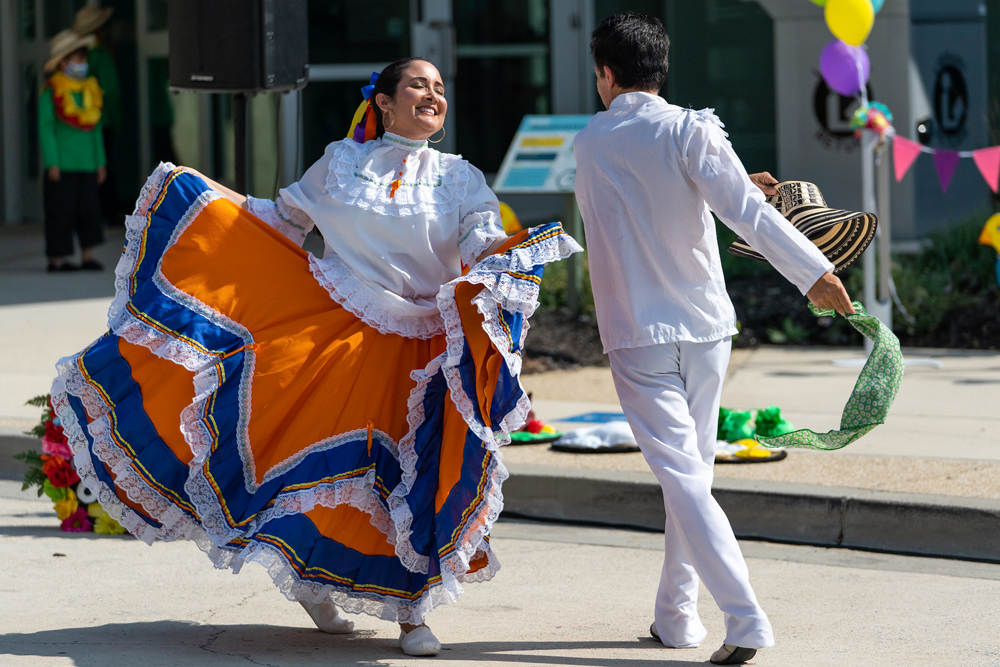
Our celebration highlights our multicultural collection of print and digital information resources that includes books, magazines, and movies, in English, and Spanish. These resources offer a variety of opportunities to learn about the heritage, traditions, literature, art, and music, articulated by the multi ethnic communities of Latin America and other Spanish speaking communities.
Spanish Speaking Regions
The Latin American region, while it includes mainly Spanish speaking countries, also embrace the Indigenous Peoples, such as the Mayan; the mixed-race identities of Indigenous, European, African and Asian heritage; the multiple ethnic and regional/national identities, such as the Afro-Caribbean and Afro-Mexican; and the pan-ethnic Latinx/e/a/o.
Equatorial Guinea, a country in the west region of Africa, has Spanish as one of their official languages along with French and Portuguese. Other countries in the region also have a percentage of native Spanish speakers like Morocco, Sahrawi, and Algeria among others.
In Europe, Spain’s official language is Castilian Spanish (a dialect from which modern Spanish developed). In Gibraltar, English is the official language but also spoken is Llanito (a mix of Spanish and English).
 Other parts of the world have been impacted by the Spanish language. For example, in the Philippines Spanish is an optional government language although it is not widely spoken.
Other parts of the world have been impacted by the Spanish language. For example, in the Philippines Spanish is an optional government language although it is not widely spoken.
There are also other dialects of Spanish like Ladino which are at risk of extinction. Ladino is spoken mainly by Sephardic Jews living in Israel, the Balkans, North Africa, Greece and Turkey.
In the United States about 43 million people speak Spanish, making it the second most spoken language. “Spanish predated English in arriving in what is now the United States. For 400 years, the two languages have co-existed; today’s immigrants continue to bring variation.” PBS
The Spanish language plays an important role in celebrating Hispanic Heritage Month. It connects diverse cultures and communities across varying parts of the world and those contributions have added to the rich cultural fabric of the United States.
Please join our celebration by checking out a variety of resources from our catalog, by contributing with your thoughts and ideas throughout our programs, and by enjoying the multiple services provided by your Prince George’s County Memorial Library System.
Work Cited:
https://www.pbs.org/speak/seatosea/americanvarieties/spanglish/usa/
https://www.britannica.com/topic/Spanish-language
https://latino.si.edu/learn/latino-history-and-culture/latino-history/early-latino-history
Events
The Library Proudly Celebrates Hispanic Heritage
Kanopy Videos for Hispanic Heritage
![]()
Kanopy
Kanopy is an online video streaming platform with 26,000 movies, doh2cumentaries, and indie and foreign films from over hundreds of producers including The Criterion Collection, The Great Courses, Kino Lorber, PBS, and thousands of independent filmmakers. Users are limited to 10 videos streamed every month.
Kanopy Recommendations
Voices of Our Culture
Hear more great talk on the PGCMLS These Books Made Me Podcast.
Libby Reading for Hispanic Heritage
Important Dates in Latino-American History Since 1940
1940s
As WWII sets in, many Latinos enlist in the U.S. military—as a proportion, the largest ethnic group serving in the war.
1943
On August 23, Macario Garcia became the first Mexican national to receive a U.S. Congressional Medal of Honor, yet he was refused service at the Oasis Café near his home in Texas.
1944
The Servicemen's Readjustment Act of 1944 is passed, providing settlements for veterans. Mexican American veterans, however, have trouble receiving these benefits.
Operation Bootstrap, a program initiated by Puerto Rico to encourage industrialization and to meet U.S. labor demands, fuels a large wave of migrant workers to the United States.
1947
Puerto Rico gains political autonomy when it becomes a commonwealth.
1948
Dr. Hector Garcia, a witness to racial injustice, begins holding meetings for Mexican Americans to voice their concerns, and in March they establish a new Mexican American movement: the American GI Forum.
This group gets national attention after a Latino soldier killed in action, Pvt. Felix Z. Longoria, is refused burial in Texas. Then-Senator Lyndon B. Johnson, appalled by this blatant bigotry, makes arrangements for Longoria to be buried at the prestigious Arlington National Cemetery.
1954
In the case Hernandez v. The State of Texas, the Supreme Court recognizes that Latinos are suffering inequality and profound discrimination, paving the way for Hispanic Americans to use legal means to fight for their equality. This is the first Supreme Court case briefed and argued by Mexican American attorneys.
1956
Nearly a dozen bills are introduced into the Senate to preserve segregation. Henry B. Gonzalez, determined to stop them, stages an effective filibuster, speaking for 22 straight hours. He would later represent San Antonio in Congress.
1958
The landmark production of West Side Story premieres on Broadway, chronicling the racial tensions of the '40s and '50s.
1960
John F. Kennedy runs for President, with Lyndon B. Johnson as his running mate. Johnson enlists the help of Dr. Hector Garcia to help carry the Latino vote. Garcia forms "Viva Kennedy" clubs, greatly aiding Kennedy's narrow victory.
1961
Aspira (Aspire) is founded to promote the education of Hispanic youth and acquires a national following, serving Puerto Ricans wherever they live in large numbers.
West Side Story is made into a film; the role of Anita goes to a Puerto Rican, Rita Moreno, who takes home an Academy Award for her performance.
1962
Cesar Chavez and Dolores Huerta form the National Farm Workers Association.
1963
On November 22, President John F. Kennedy was assassinated, leaving Lyndon B. Johnson as successor. President Johnson appoints more Mexican Americans to positions in government than any president before; he passes landmark legislation advocating desegregation.
1964
Congress passed the Civil Rights Act of 1964. The act establishes affirmative action programs, prohibiting discrimination on the basis of gender, creed, race, or ethnic background: "to achieve equality of employment opportunities and remove barriers that have operated in the past" (Title VII). The Equal Employment Opportunity Commission (EEOC) is also established through Title VII to prevent job discrimination.
1966
Striking workers are subjected to physical and verbal attacks throughout their peaceful demonstrations, and on March 16, the Senate Subcommittee on Migratory Labor held hearings in Delano.
March 17, the morning following the hearings, Cesar Chavez sets out with 100 farm workers to begin his pilgrimage to the San Joaquin Valley. After 25 days, their numbers swell from hundreds, to an army of thousands.
On Easter Sunday, the state capital is finally in sight. With public sympathy mounting and the spring growing season upon them, growers finally agree to meet with union representatives.
1968
The observation of Hispanic Heritage Week began as a way to celebrate the histories, cultures and contributions of American citizens whose ancestors came from Spain, Mexico, the Caribbean, and Central and South America.
1968
On March 6, a walkout is planned and coordinated among East L.A. high schools. Approximately 10,000 students peacefully walk out of four schools and are joined by parents and supporters. Police are sent to maintain order—and things get out of hand.
Following the police riot, on March 7 the students walked out again. The walkouts continue for two weeks until the demands are met.
Chicano high school students stage walkouts—first in San Antonio, then in 39 towns across Texas, eventually spreading to nearly 100 high schools in 10 states.
Jose Angel Gutierrez is the mastermind behind much of this activism.
1970
Herman Badillo is elected into the U.S. House of Representatives, making him the first Puerto Rican to serve in Congress.
In Crystal City, Texas, Jose Angel Gutierrez forms a political party, La Raza Unida ("The United Race").
Elections in April see an unprecedented victory for Chicanos. Gutierrez is elected county judge and La Raza Unida controls not only the school board, but city and county government as well.
1973
Miami officially becomes bilingual, following a referendum sponsored by its growing Cuban community.
Maurice Ferre becomes mayor of Miami, making him the first Puerto Rican to lead a major city in the mainland United States.
1974
Willie Velasquez of San Antonio organizes thousands of voter registration drives across the Southwest, encouraging the Latino population to vote. He notices, however, that the problem is not the number of Latino voters, but the electoral system. He later would file voting rights lawsuits—never losing a case.
Congress passes the Equal Educational Opportunity Act to create equality in public schools by offering bilingual education to Hispanic students.
1988
Voter rights advocate Willie Velasquez dies in May, and is posthumously honored with the Presidential Medal of Freedom—the highest civilian peacetime award.
1988
President Ronald Reagan expanded the observation of Hispanic Heritage Week to Hispanic Heritage Month, starting on September 15 and ending on October 15.
1990
President George Bush appoints the first woman and first Hispanic surgeon general of the United States: Antonia C. Novello.
1993
Ellen Ochoa becomes the first Hispanic woman to go to space aboard the Space Shuttle Discovery.
President Bill Clinton names Federico Peña as Secretary of Transportation and Henry Cisneros as Secretary of Housing and Urban Development, making them both the first Hispanics to hold those positions. He also appoints Norma Cantú, former Director of the Mexican American Legal Defense and Education Fund, to the position of Assistant Secretary for Civil Rights within the Department of Education. Twenty-five other Hispanics are appointed to positions needing Senate confirmation under this presidency.
1996
Eliseo Medina becomes the first Mexican American Vice President of the Service Employees International Union.
2003
Hispanics are pronounced the nation's largest minority group—surpassing African Americans.
CHLI is the premier organization founded by members of Congress to advance the Hispanic Community's Economic Progress with a focus on social responsibility and global competitiveness.
2005
Antonio Villaraigosa became the first Mexican American mayor of Los Angeles in more than a century.
2008
The Freedom Tower is designated a National Historic Landmark, considered the "Ellis Island of the South" for its role as the Cuban Assistance Center in Miami during 1962–1974, offering nationally sanctioned relief to Cuban refugees.
2009
Puerto Rican Sonia Sotomayor is sworn in as the first Latina Supreme Court Justice.
2010
Marco Rubio, a second-generation Cuban American, is elected U.S. Senator from Florida.
2013
Hispanics make up about one-sixth of the U.S. population—nearly 51 million people.
2018
According to the U.S. Census Bureau, the Hispanic population reaches 59.9 million people. By the middle of the century, the Latino population is expected to reach 127 million—nearly 30 percent of the projected population of the country.
2019
Prince George’s County Latino Advisory Board was established in 2019 by County Executive Angela D. Alsobrooks
2020
Legislation passed Dec. 27, 2020, that established museums : the National Museum of the American Latino https://latino.si.edu/about/american-latino-museum
2020
In 2020 Latino voters became the second-largest voting bloc in the country.
Work Cited:





